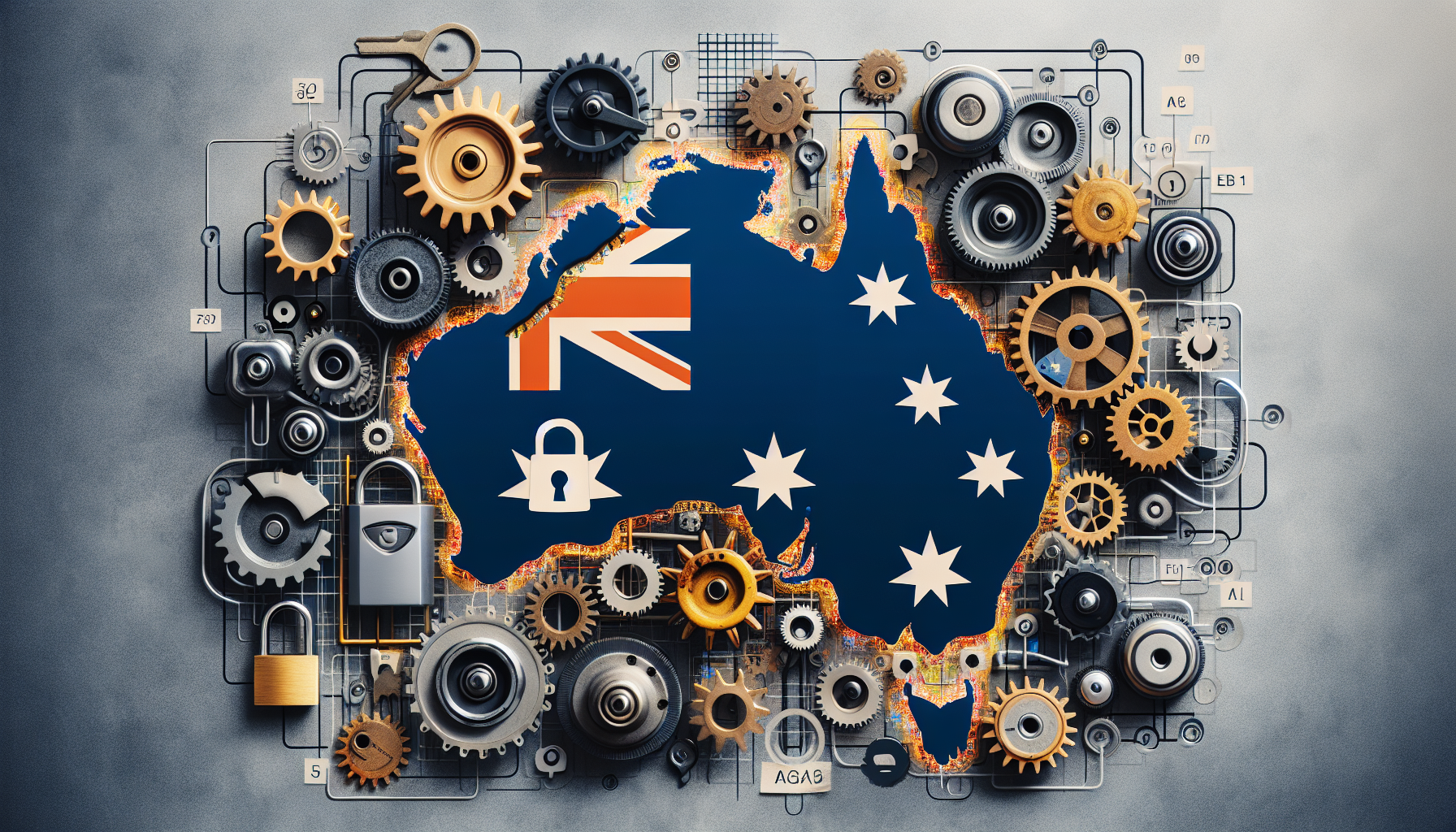Google Asserts Australian Age Verification Legislation ‘Incredibly Challenging’ to Implement
We independently review everything we recommend. When you buy through our links, we may earn a commission which is paid directly to our Australia-based writers, editors, and support staff. Thank you for your support!
- Australia will be the first nation to prohibit social media usage for those under 16 years old.
- Google cautions about challenges in enforcement and limited effects on child safety.
- Platforms to estimate age through AI and behavioral data rather than direct verification.
- YouTube, regarded as a video-sharing service, is encompassed by the law.
- The modification is intended to tackle mental health issues associated with social media usage.
Australia’s Trailblazing Initiative on Social Media Regulations
Australia is preparing to be the first country globally to impose a prohibition on social media for individuals below 16 years. This significant initiative, motivated by increasing worries over social media’s effects on youth mental health, is part of the Online Safety Amendment ratified in November 2024. The law requires social media firms to close accounts of minors by December 10.
Concerns from Google
Google has expressed notable apprehensions concerning the enforceability of this regulation. At a parliamentary inquiry on online safety policies, Rachel Lord, YouTube’s senior government affairs manager in Australia, emphasized the risk of “unintended consequences” and questioned the law’s capacity to improve online safety for minors. Google believes that although the law is well-meant, it might not fulfill its intended goals.
Challenges in Age Verification
Instead of needing direct age verification, the Australian legislation instructs social media platforms to utilize artificial intelligence and behavioral analytics to infer users’ ages. This strategy poses distinct challenges and raises concerns about the dependability and precision of such inferred information. Google contends that genuinely effective laws should bolster industry initiatives to safeguard children online without hindering their access.

YouTube’s Position
Previously exempted from the law due to its educational significance, YouTube has now been incorporated following grievances from other technology firms. Google argues that YouTube functions as a video-sharing platform, not a social media site, complicating its inclusion in the new regulations. This differentiation is vital as it affects how the platform will handle compliance and enforce age restrictions.
Finding a Balance Between Safety and Access
Google supports a balanced strategy that merges effective legislation with empowering parents and children through safety resources. Instead of entirely restricting access, the emphasis should be on providing guardians with the necessary tools to manage their children’s online activities. As the world observes Australia’s execution of this law, its consequences may shape international policy on online safety.
Conclusion
Australia’s innovative law to limit social media access for those under 16 has ignited substantial discussion. While aspiring to shield young users, the law’s dependence on AI for age estimation and its broader ramifications remain contentious. As technology companies like Google navigate these complexities, global attention turns to the law’s effects on digital safety and governance.
